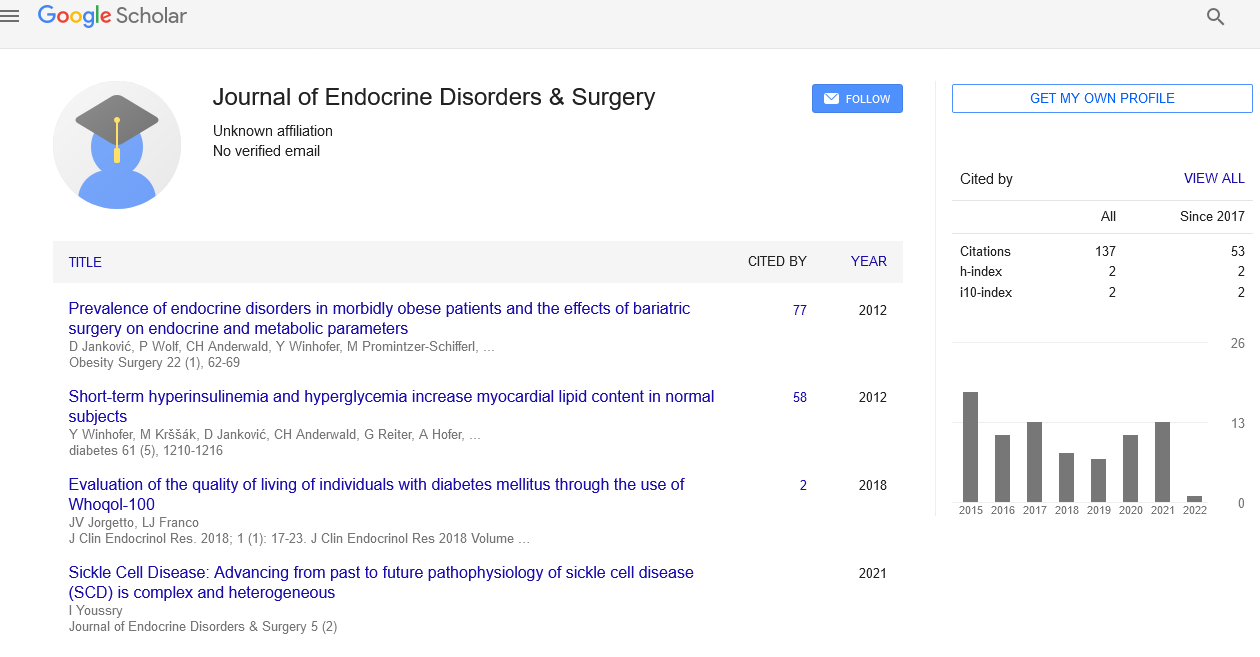Reproduction and Energy Homeostasis
Received: 14-Sep-2017 Accepted Date: Sep 19, 2017; Published: 28-Sep-2017
Citation: Meccariello R. Reproduction and Energy Homeostasis. J Mol & Cel Endocrinology. 2017;1(1):1.
This open-access article is distributed under the terms of the Creative Commons Attribution Non-Commercial License (CC BY-NC) (http://creativecommons.org/licenses/by-nc/4.0/), which permits reuse, distribution and reproduction of the article, provided that the original work is properly cited and the reuse is restricted to noncommercial purposes. For commercial reuse, contact reprints@pulsus.com
Homeostasis
The communications along the hypothalamus-pituitary-gonadal (HPG) axis drives reproductive functions [1]; HPG impairment is the main cause of infertility, sub-fertility and poor quality of gametes. In this respect, the hypothalamic Gonadotropin Releasing Hormone (GnRH) represents the main actor in the control of such a master system [1,2]. This decapeptide triggers the release of gonadotropins [Follicular Stimulating Hormone (FSH) and Luteinizing Hormone (LH)] from adenohypophysis. Via the main circulation, FSH and LH reach the gonads which in turn synthesize sex steroids (mainly estradiol/progesterone in females and testosterone in males) and other non-steroidal substances (i.e. activin, inhibin, follistastin,). Hence, gametogenesis occurs in both sexes under the strict control of endocrine, paracrine and autocrine factors [1,3]. Long, short and ultra-short feedback mechanisms deeply modulate reproduction. However, the complete knowledge of the process as a whole is far away to be fully understood.
The availability of energy resources is the main checkpoint for successful reproduction. In fact, conditions of altered energy homeostasis (from cachexia to obesity) are frequently linked to variable degree of reproductive disfunctions in both sexes [4,5]. This is the consequence of the complex functional interaction between the neuroendocrine networks governing energy balance and HPG axis, with actors like leptin or kisspeptins involved both centrally and peripherally [3,6-8]. The former is the "satiety hormone" secreted by white adipose tissue proportionally to the amount of body energy stores. Through the activation of leptin receptor (OB-R) within the hypothalamus, it modulates neuronal populations - located in the arcuate nucleus (ARC) - expressing either orexigenic and anorexigenic peptides which in turn affect the central network controlling food intake [9]. Kisspeptin, the product of kiss1 gene, are the gatekeepers of reproduction that centrally work upstream GnRH secreting neurons thus conveying on HPG axis sex steroid feedbacks and environmental cues, including information of nutritional status. A part from linking neuronal pathways involved in the control of energy balance and reproduction, kisspeptins peripherally exert modulatory activities on different tissues like adipose tissue and gonads [8,10].
The functional interplay between energy homeostasis and reproductive functions may be affected by many environmental factors including endocrine disputing chemicals (EDCs) - naturalAnd synthetic compounds with estrogenic, androgenic or anti-androgenic activity which includes phytoestrogens, pesticides, plasticizers, phthalates, polychlorinated biphenyls, dioxins, dioxin-like compounds etc. [11]. In particular, estrogen-like ECDs like bisphenol A can have obesogenic effects by interfering in the physiological activity of endogenous estrogens on food consumption and energy expenditure [12]. Environmental factors also induce epigenetic changes with outcomes on the reproductive and metabolic phenotype of exposed organisms and of their offsprings with possible consequences on pregnancy, embryo development and health [11,13,14].
Thus, further studies are required to investigate the master systems involved in the modulation of reproductive activity and energy homeostasis in order to provide future targets/drugs in the treatment of infertility, obesity and overweight.
REFERENCES
- Pierantoni R, Cobellis G, Meccariello R, et al. Evolutionary aspects of cellular communication in the vertebrate hypothalamo-hypophysio-gonadal axis. Int Rev Cytol. 218:69-141.
- Pierantoni R, Cobellis G, Meccariello R, et al. Testicular gonadotropin-releasing hormone activity, progression of spermatogenesis and sperm transport in vertebrates. An N Y AcadSci 2009;1163:279-291.
- Meccariello R, Chianese R, Chioccarelli T, et al. Intratesticular signals regulate germ cell progression and production of qualitatively mature spermatozoa in vertebrates. Front Endocrinol 2014;5:69.
- Wade GN, Jones JE. Neuroendocrinology of nutritional infertility. Am J PhysiolRegulIntegr Comp Physiol 2004;287:R1277-R1296.
- Cheng G, Buyken AE, Shi L, et al. Beyond overweight: nutrition as an important lifestyle factor influencing timing of puberty. Nutr Rev 2012;70:133-152.
- Gao Q, Horvath TL. Cross-talk between estrogen and leptin signaling in the hypothalamus. Am J PhysiolEndocrinolMetab 2008;294:E817-E826.
- Fernandez-Fernandez R, Martini AC, Navarro VM, et al. Novel signals for the integration of energy balance and reproduction. Mol Cell Endocrinol 2006;254-255:127-32.
- Chianese R, Cobellis G, Chioccarelli T, et al. Kisspeptins, estrogens and male fertility. Curr Med Chem 2016;23:4070-91.
- Wynne K, Stanley S, McGowan B. Bloom S. Appetite control. J Endocrinol2005;184:291-318.
- Pinilla S, Aguilar E, Dieguez C,et al. Kisspeptins and reproduction: physiological roles and regulatory mechanisms. Physiol Rev; 2012;92: 1235-1316.
- Chianese R, Troisi J, Richards S, et al. Bisphenol A in reproduction: epigenetic effects. Curr Med Chem; 2017 in press.
- Grün F, Blumberg B. Endocrine disrupters as obesogens. Mol Cell Endocrinol. 2009;304:19-29.
- Rajender S, Avery K, Agarwal A. Epigenetics, spermatogenesis and male infertility. Mutat Res; 2011;727:62-71.
- Yan M, Zhai Q. Sperm tsRNAs and acquired metabolic disorders. J Endocrinol 2016; 230: F13-F18.





